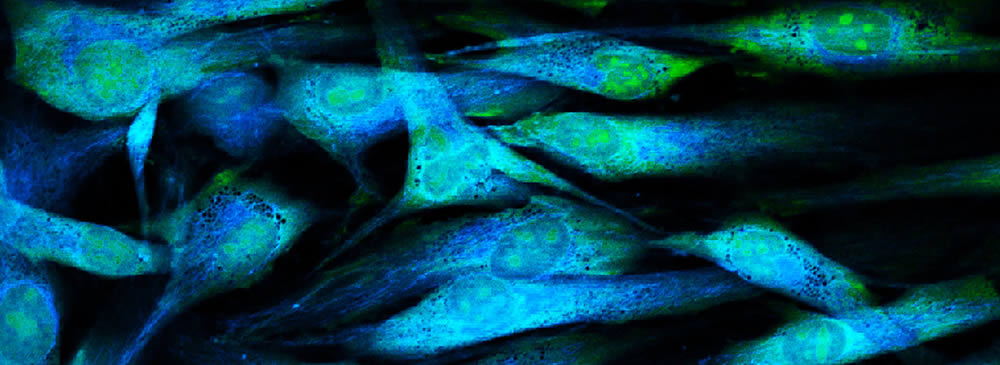
Phenotypische Charakterisierung
Phenotype MicroArrays für die Charakterisierung von mikrobiellen Zellen. Mit PM1-PM20 Panels ist die Untersuchung des Metabolismus von annähernd 2000 Substanzen durch eine Zelle in einem einzelnen Experiment möglich.
- Carbon Utilization assays - PM 1 und PM 2 Plates - 96-wells Mikrotitterplatte für Kohlenstoff-Stoffwechsels
- Nitrogen Utilization assays - PM 3 Plate -96-wells Mikrotitterplatte für Nitratstoffwechsel
- Phosphorus-Sulfur Utilization assays - PM 4 Plate - 96-wells Mikrotitterplatte für Phospatstoffstoffwechsel
- Biosythetic pathway/nutrient stimulation assays - PM 5 Plate - 96-wells Mikrotitterplatte für biosynthetische Stoffwechsel
- Nitrogen Utilization assays - PM 6 PM 7 PM 8 Plates - 96-wells Mikrotitterplatte für Nitratstoffwechsel
- Osmotic/Ionic Response assays - PM 9 Plate - 96-wells Mikrotitterplatte für Nitratstoffwechsel
- pH Response assays - PM 10 Plate - 96-wells Mikrotitterplatte für pH-Toleranz PM10
- Bacterial Chemical Sensitivity assays - PM 11 bis PM 20 Plate - 96-wells Mikrotitterplatte mit Inhibitoren/Antibiotika für Zellresistenz
- Yeast Chemical Sensitivity assays - PM 22 bis PM 25 Plate - 96-wells Mikrotitterplatte mit Inhibitoren/Antibiotik für Hefezellen Plate (Maps auf Anfrage)
Phenotype MicroArrays für die Charakterisierung von Säuger-Zellen. Mit PM-M1-PM-M14 Panels ist die Untersuchung des Metabolismus von weit über 1000 Substanzen durch eine Zelle in einem einzelnen Experiment möglich.
- Metabolite Utilization Assays - PM-M1, PM-M2, PM-M3, und PM-M4 Plates - 96-well Mikrotitterplatte für Zellmetabolismus
- Cation/Anion Sensitivity Assays - PM-M5 Plate - 96-well Mikrotitterplatte für Zellmetabolismus und Sensitivität auf Kationen/Anionen
- Hormone/Metabolic Effector Assays - PM-M6, PM-M7, PM-M8 Plates - 96-well Mikrotitterplatte mit hormonaktiven Substraten für Zellmetabolismus
- Chemosensitivity Assays - PM-M11, PM-M12, PM-M13 und PM-M14 Plates - 96-well Mikrotitterplatte mit inhibitorische Substrate für Zellmetabolismus
- PM-M Tox1 Assay - 96-well Mikrotitterplatte (8 Gradienten) für toxische Aktivität einer Testsubstanz auf verschiedene Zellkomponenten
- Mitoplates
Microbiome Origins of Creeping Fat in Crohn’s Disease
Microbiome and Biolog Strain Analysis of Dairy Starter Cultures
Metabolic Reprogramming of T Cells to Promote Anti-tumor Immunity
Software Workshop: Introducing Biolog Data Analysis 17
Fungal Functional and Ecological Analysis via High-throughput Phenotyping
Immunometabolic Analysis of Pseudomonas aeruginosa Pulmonary Infection
Mitochondrial Function using MitoPlates™
Analysis of Microbial Genomic and Phenotypic Data using DuctApe
Understanding Antibiotic Mechanism of Action with Phenotype Microarrays™ and Machine Learning
Assessing Functional Traits of Microbial Communities using EcoPlates™
Microbial Cell Phenotyping Using Phenotype MicroArrays™
Mitochondrial Function in Yeast
Immunometabolic Analysis of Pseudomonas aeruginosa Pulmonary Infection
Fungal Functional and Ecological Analysis via High-throughput Phenotyping
Software Workshop: Introducing Biolog Data Analysis
Metabolic Reprogramming of T Cells to Promote Anti-tumor Immunity
Functional Analysis of Microbial Communities: The Phenotypic Approach

